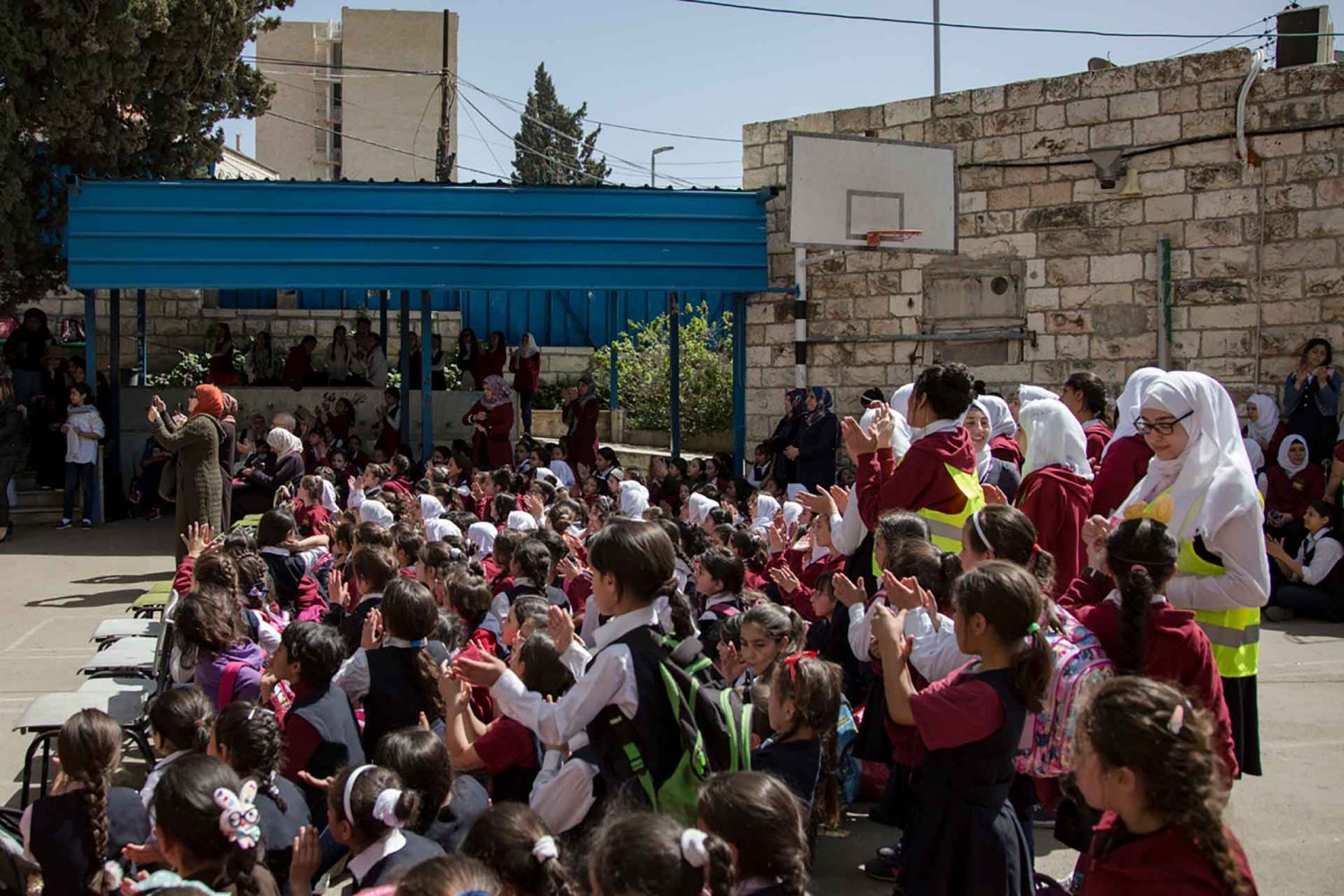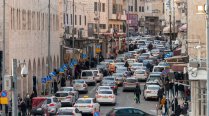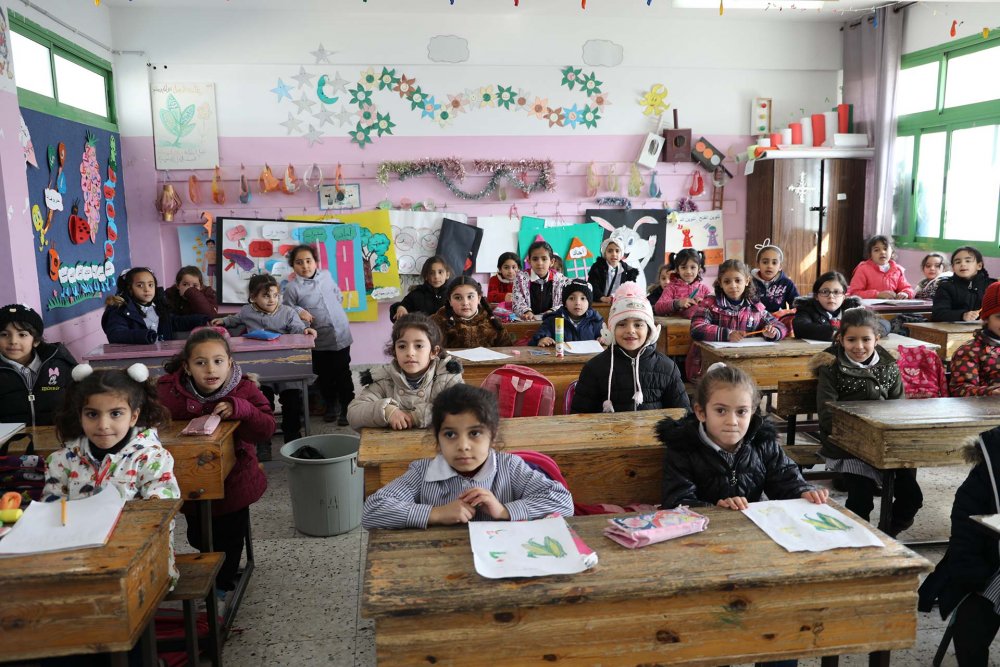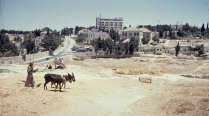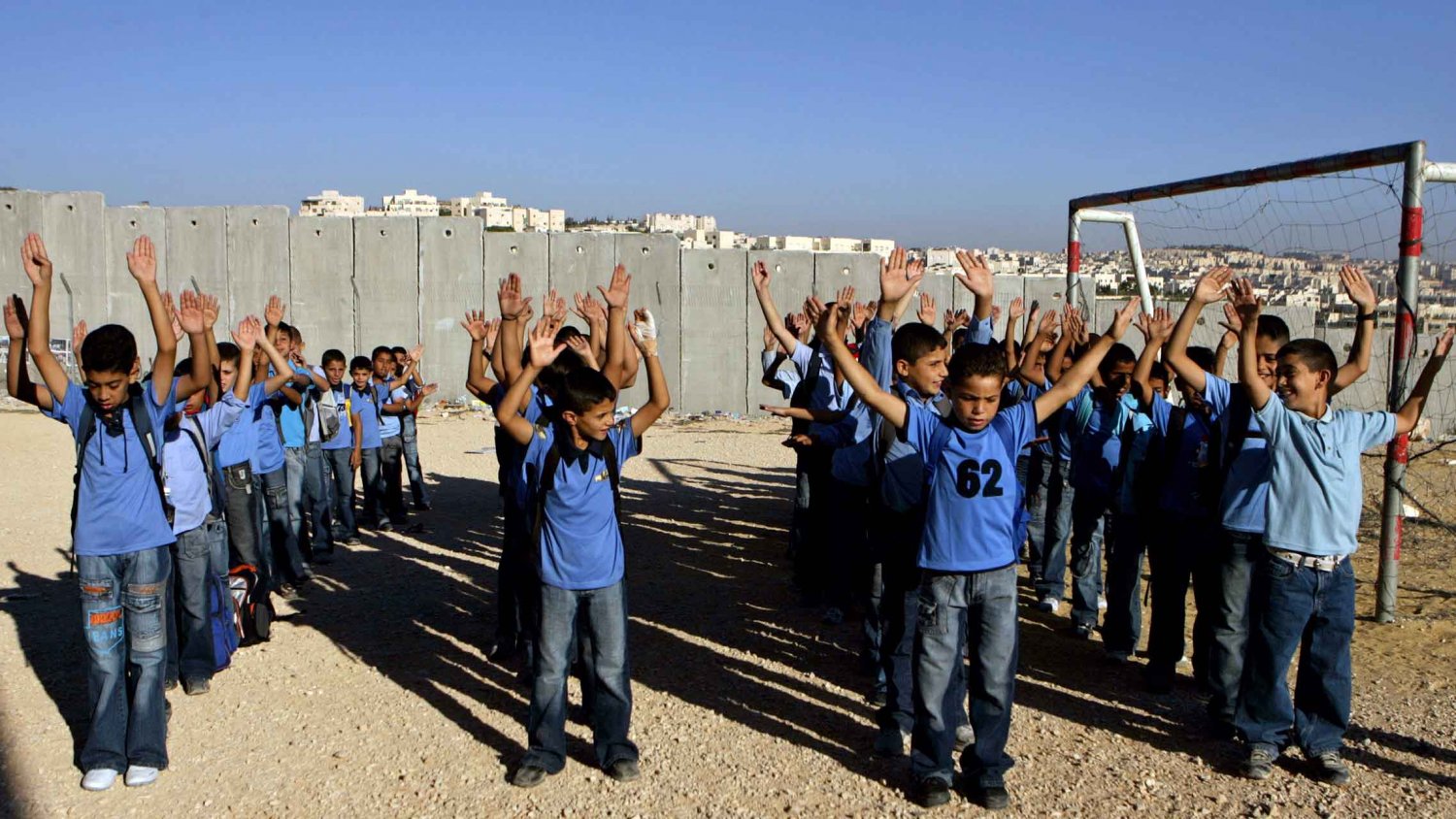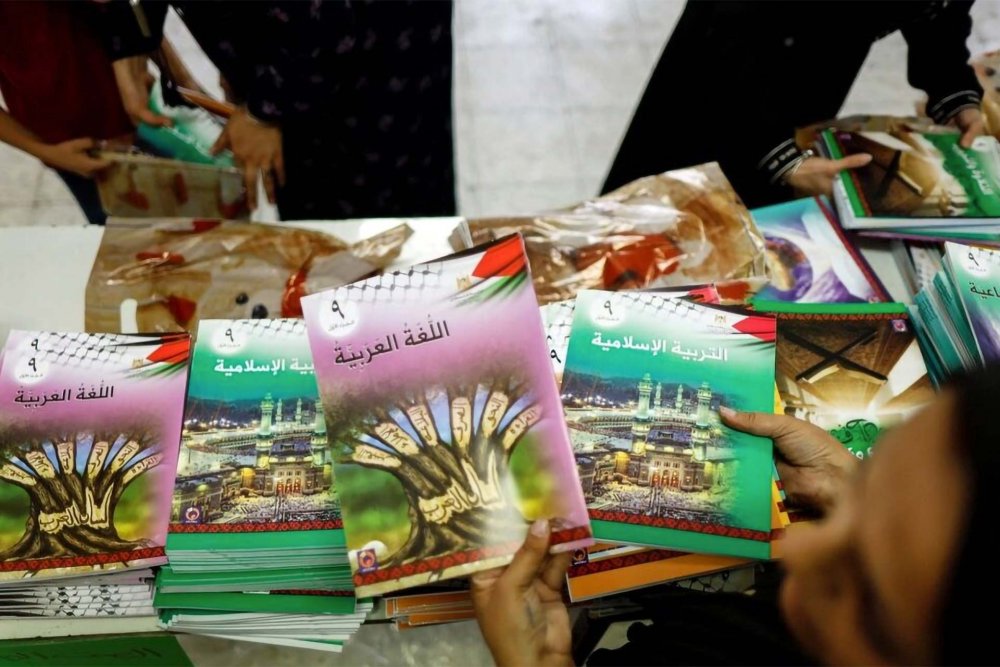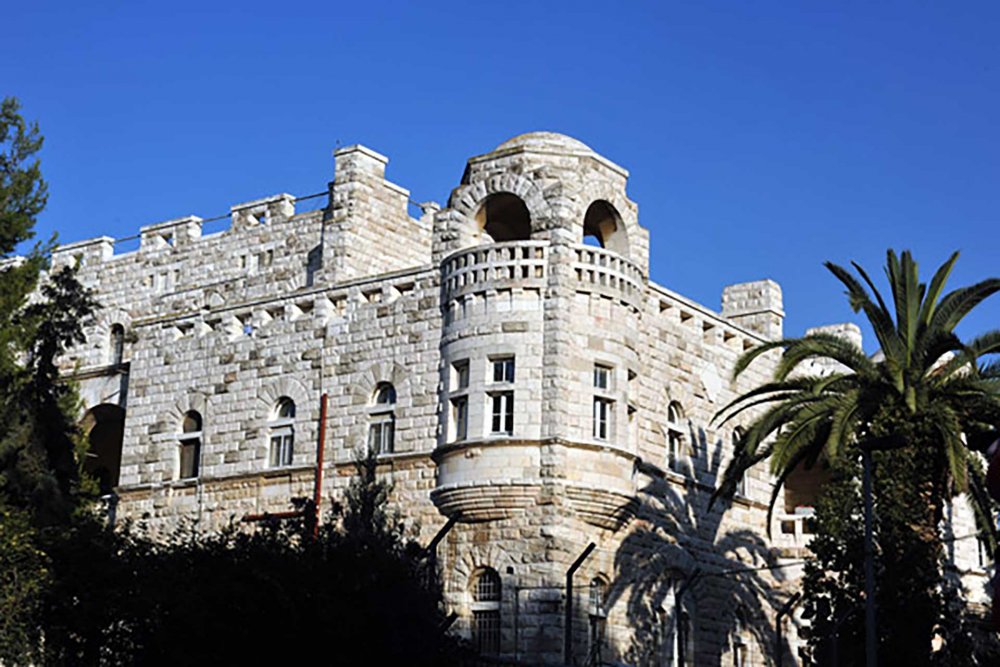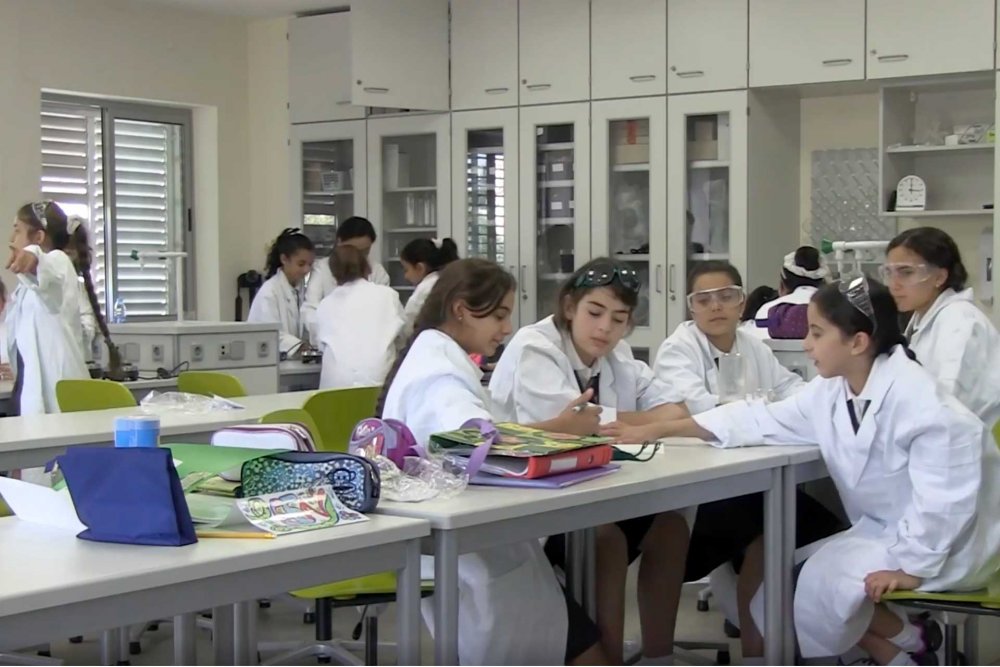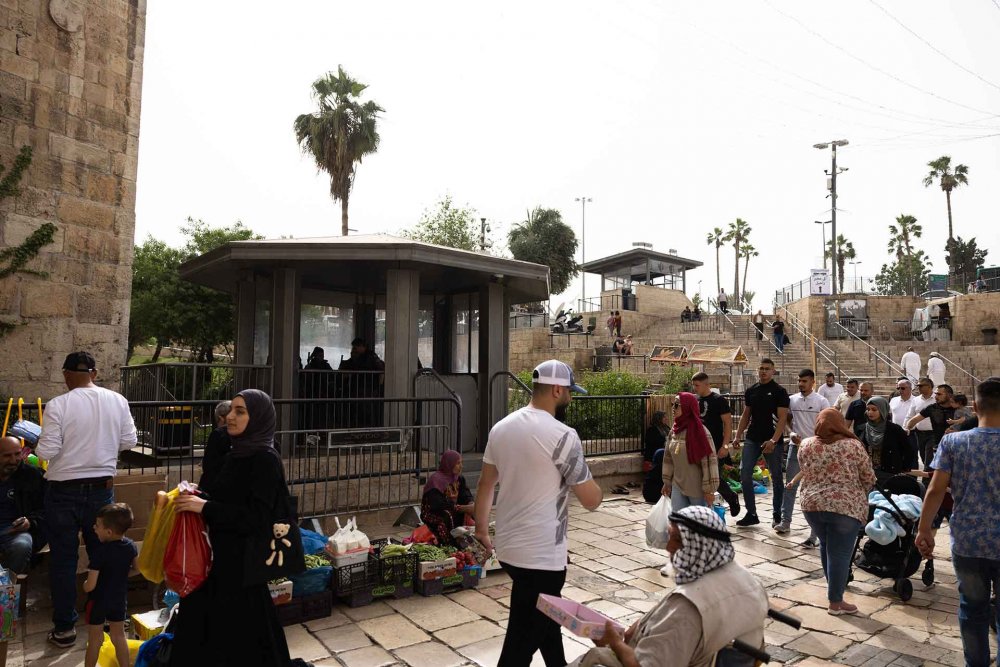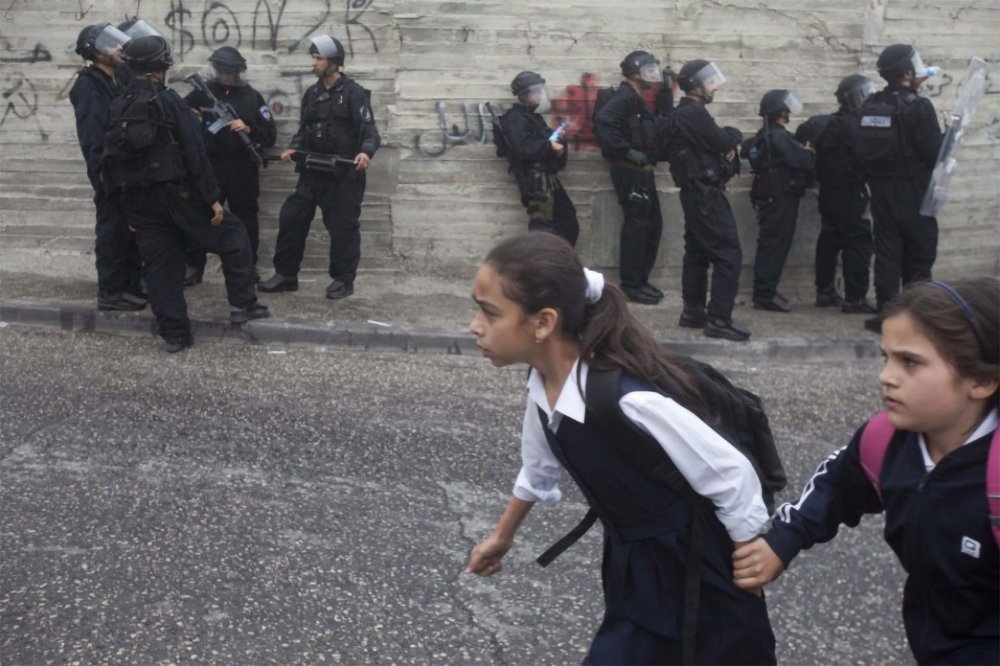Israeli Jerusalem Municipality Plan No. 101-0456229, known as the East Jerusalem City Center Plan, covers about 689 dunums of land in East Jerusalem, threatening the historical Palestinian neighborhoods of Bab al-Zahra, al-Mas‘udiyya, Wadi al-Joz, and Sheikh Jarrah. The plan’s alleged goal is to “preserve planning rights, develop and regulate the business district in the eastern part of the city, including the addition of building expanses and the adoption of directives and instructions to regulate the development of the area.”1 However, it threatens to devastate the economic, cultural, educational, and political heart of Palestinian Jerusalem, including the lives of over 360,000 Palestinians who reside there.
Several human rights organizations challenged the plan by submitting objections to the Israeli District Planning Committee of Jerusalem. Many of the objections addressed the serious impact the plan would have on Jerusalem’s Palestinian schools. In fact, 19 educational institutions, including 15 schools and kindergartens, are at risk due to the plan,2 and this is especially worrying because the plan did not make any provisions for future building expansion for any of these institutions.3 What is more, Israel illegally excluded the general public from participating in the planning process,4 which led to different organizations stepping in on behalf of the educational institutions. For example, the Arab Center for Alternative Planning, the Jerusalem Center for Human Rights, and the St. Yves Society submitted an objection on behalf of the eight Islamic waqf schools that will be negatively affected by the plan, albeit to no avail.
As the three stories here show, Palestinians living and educating their children in the area fear that Israel is deliberately targeting these educational institutions in order to shut them down, pushing Palestinians to enroll in schools under the Israeli Ministry of Education or the Jerusalem Municipality where Israeli curricula are taught.5 Schools in Jerusalem are supervised by four different authorities:
- the Islamic waqf, which falls under the aegis of the Palestinian Ministry of Education since the Oslo Accords
- the private sector, which involves churches, monasteries, Islamic charitable societies, and individuals
- UNRWA, which suffers from chronic financial crises
- the Israeli Ministry of Education and Jerusalem Municipality

